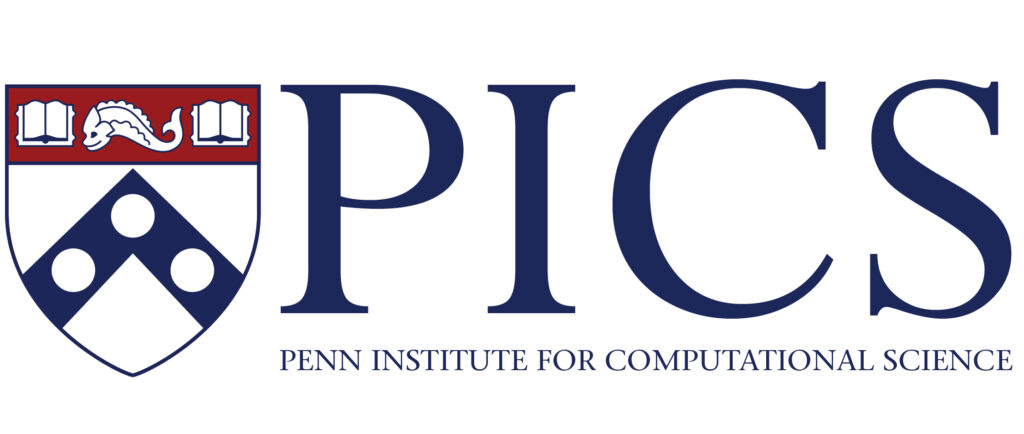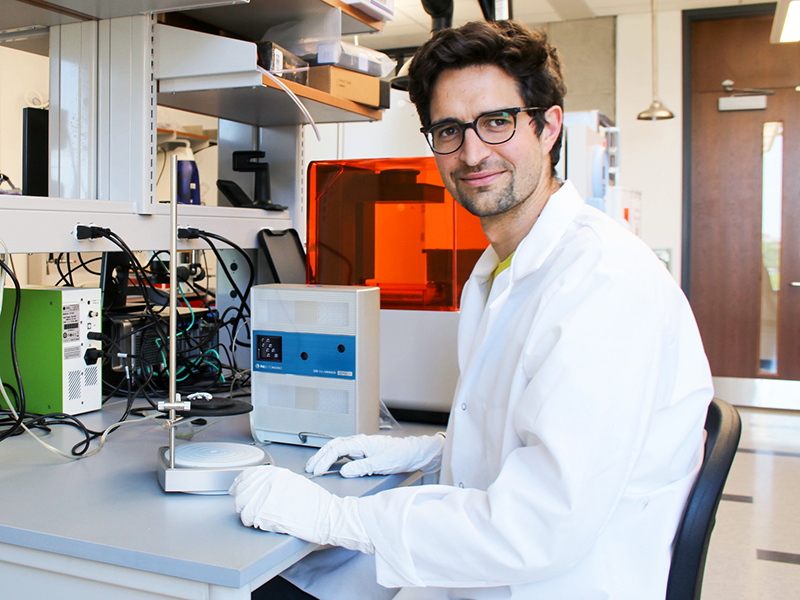On Friday, February 10th at 2:00 PM PICS will host a colloquium in the PICS large conference room (534) with Professor Manuel Rausch, Assistant Professor in the Department of Biomedical Engineering at the University of Texas at Austin.
Title
Building and using virtual models of the tricuspid valve toward better understanding, diagnosis, and treatment of its diseases
Abstract
Computer simulations have become critical elements of the medical device design and regulatory approval process. Naturally, the predictability and therefore value of such simulations depends highly on their accuracy. Especially for the design of heart valve replacements and repair technologies computer simulations have become a critical tool. While much progress has been made in modeling the aortic valve and the mitral valve, much less effort has been spent on modeling the tricuspid valve. The reasons are multi-fold, but include the general neglect of the valve as well as the high complexity of the valve in comparison to the three other valves. In our most recent work, we are beginning to fulfill this gap. Specifically, our objective is to develop, validate, and then publicly provide a truly subject-specific, shared model of the human tricuspid valve. To this end, we combine multi imaging-modality based measurements in beating human hearts that have been prepared in an organ preservation system, with in-vitro measurements of heart valve geometric, structural, and mechanical properties. Once built, we conduct finite element simulations with this valve and validate dynamic simulations throughout the cardiac cycle against in-situ measurements. Finally, we show case our model by first mimicking a diseased valve, which we then repair using a surgical and an interventional approach.
Bio
Dr. Rausch is an assistant professor at the University of Texas at Austin where he directs the soft tissue biomechanics laboratory. His laboratory’s objective is to use complimentary imaging modalities, mechanical testing, and numerical methods to understand and predict soft tissue disease. The specific problems he studies include pressure ulcers, right heart heart failure, tricuspid valve regurgitation, and thrombotic disease. Check out his work on www.manuelrausch.com and follow him on Twitter under @SoftTissueLab.

